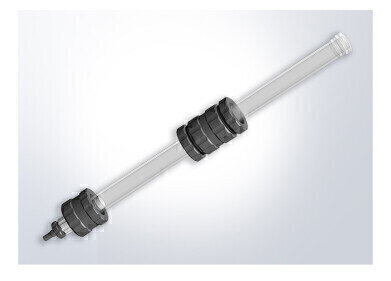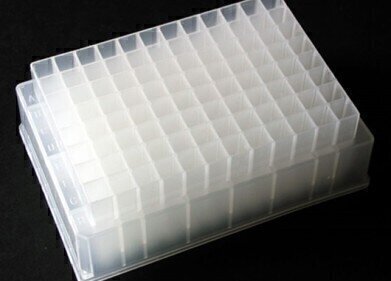Preparative
Simplified GPC process developed for analysis of cellular molecular weights
Nov 08 2012
The analysis of cellulose molecular weight distributions using gel permeation chromatography, a type of high performance liquid chromatography, is a powerful way of learning the enzymatic properties of cellulose hydrolosis. However, difficulties preparing samples have traditionally meant that measuring these distributions has had limited relevance in many applicable cases.
That is according to Philip Engel, Lea Hein and Antje C Spiess, of research institute RWTH Aachen University in North Rhine-Westphalia, Germany, who presented a new method for such analysis in the journal Biotechnology for Biofuels.
The team of researchers used a technique that does not require prior cellulose swelling, activation or deriatisation - steps that can make the process much more time consuming and undermine its applicability.
Because of the benefits that analysing cellulose molecular weight distributions through GPC can bring to the development of economically viable biorefinery processes, they were keen to improve the methods by which analysis is undertaken.
To do this, they undertook efforts to simplify the gel permeation chromatography (GPC) used to obtain information on enzymatic cellulose hydrolysis.
It involved dissolving cellulose samples directly in dimethylformamide (DMF) containing between ten and 20 per cent 1-ethyl-3-methylimidazolium acetate for 60 minutes.
Usually these samples take much longer to prepare, with analysis requiring waits of between several hours and several days until they are ready for experimentation.
These samples were then filtrated to avoid column blocking and separated using hydrophilic separation equipment so that they could be detected using differential refractive index/multi-angle laser light scattering.
This method was used to evaluate three cellulose types and measure the changes in their molecular weight distributions during the process of enzymatic hydrolysis for different untreated and pretreated cellulose substrates.
As a result of this experiment, they found that molecular weight distributions showed a stronger shift to smaller weights during hydrolysis when using commercial cellulose preparations with lower crystalisation. For cellulose pretreated with ionic liquid, the trend was even more noticeable.
The team concluded: "This strongly simplified GPC method for cellulose molecular weight distribution allowed for the first time to demonstrate the influence of cellulose properties and pretreatment on the mode of enzymatic hydrolysis."
Posted by Fiona Griffiths
Events
Apr 22 2025 Kintex, South Korea
Analytica Anacon India & IndiaLabExpo
Apr 23 2025 Mumbai, India
Apr 27 2025 Portland, OR, USA
May 11 2025 Vienna, Austria
May 18 2025 Tempe. AZ, USA












